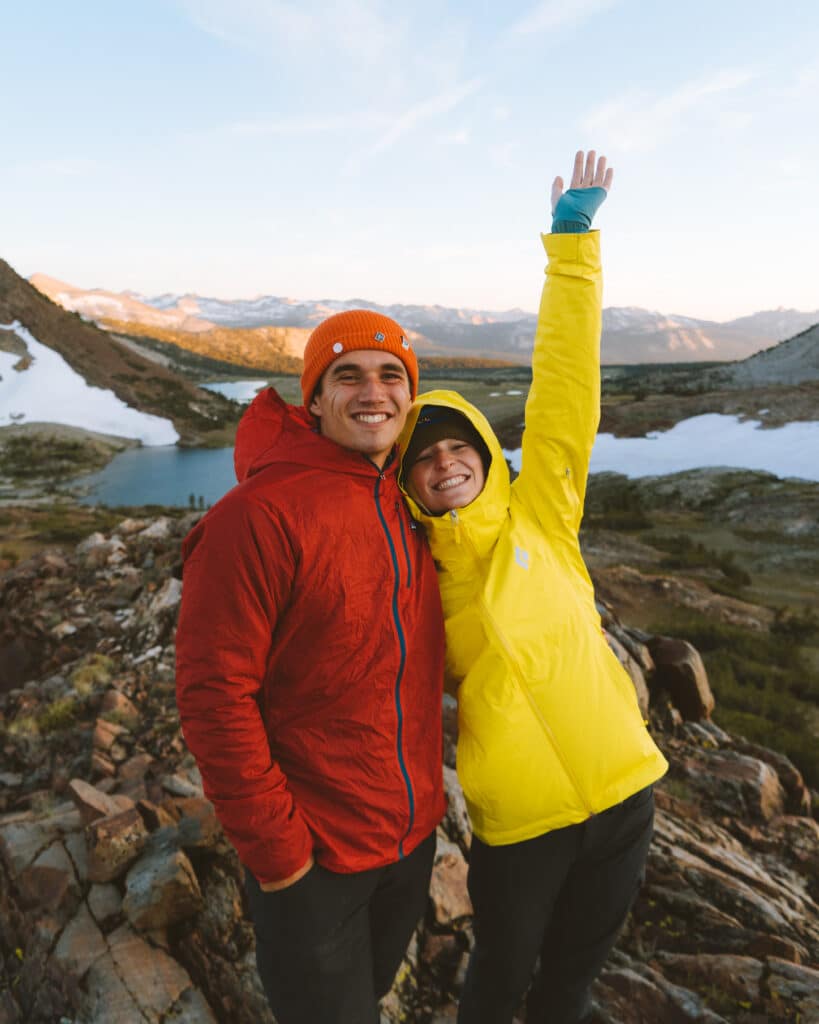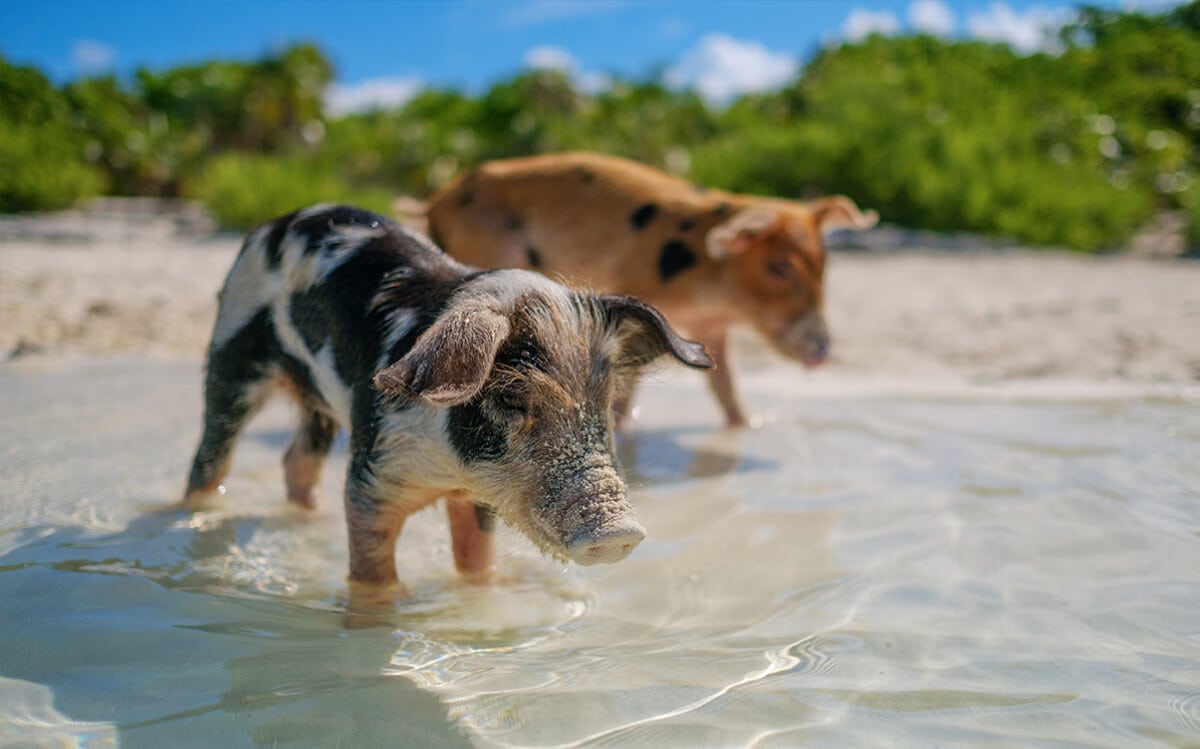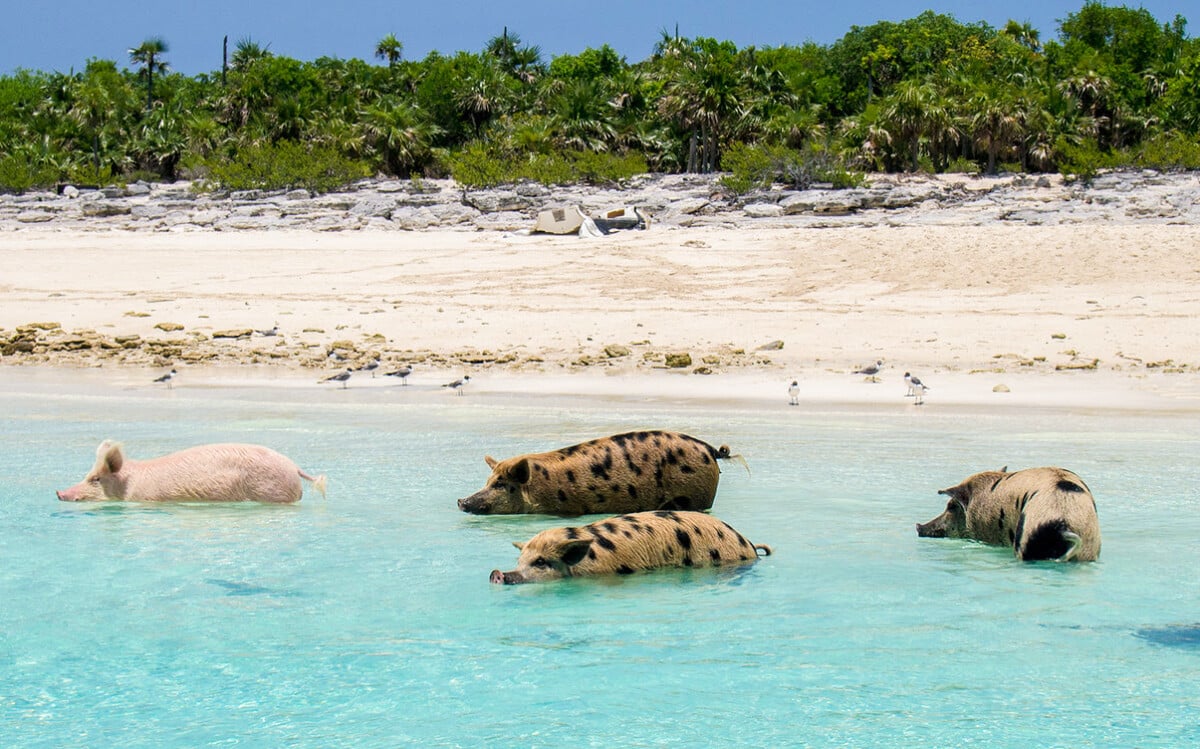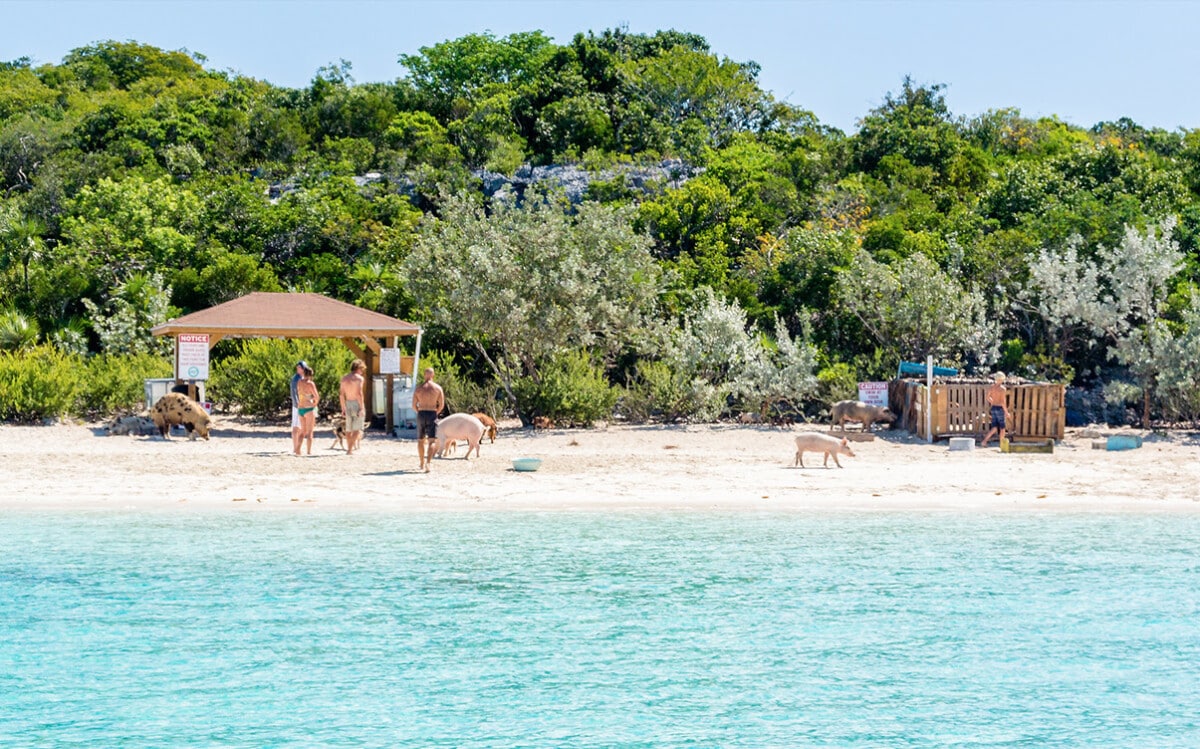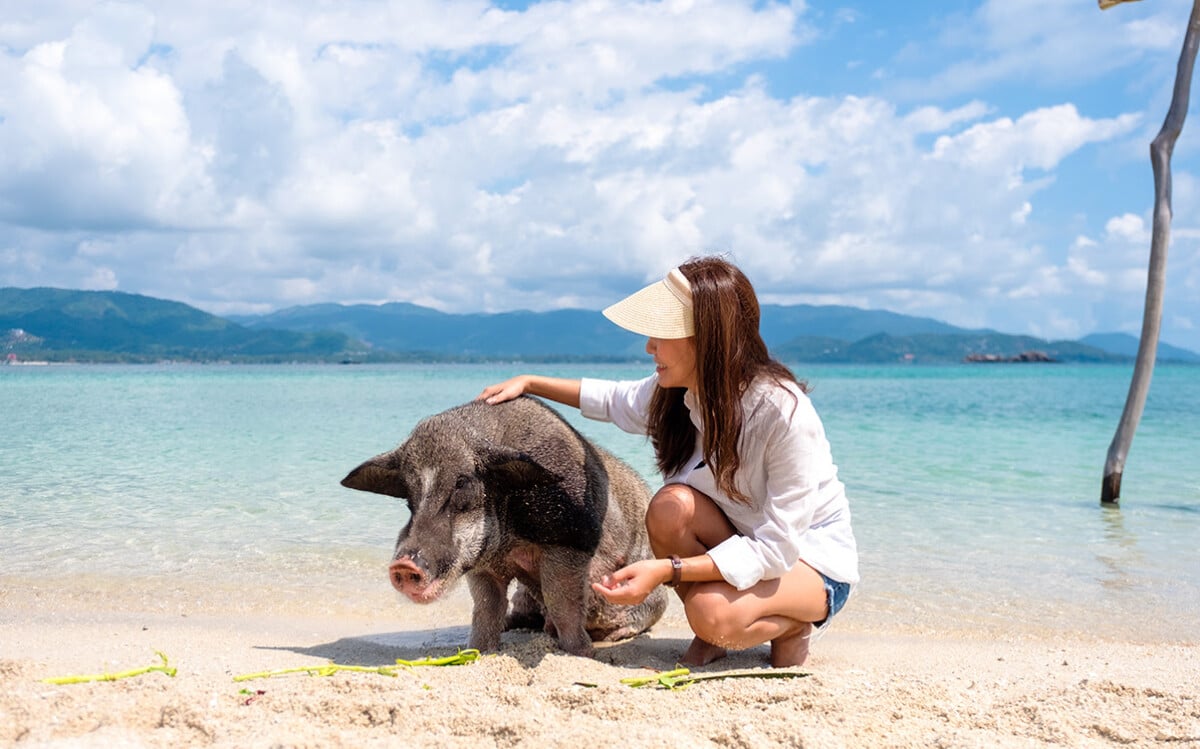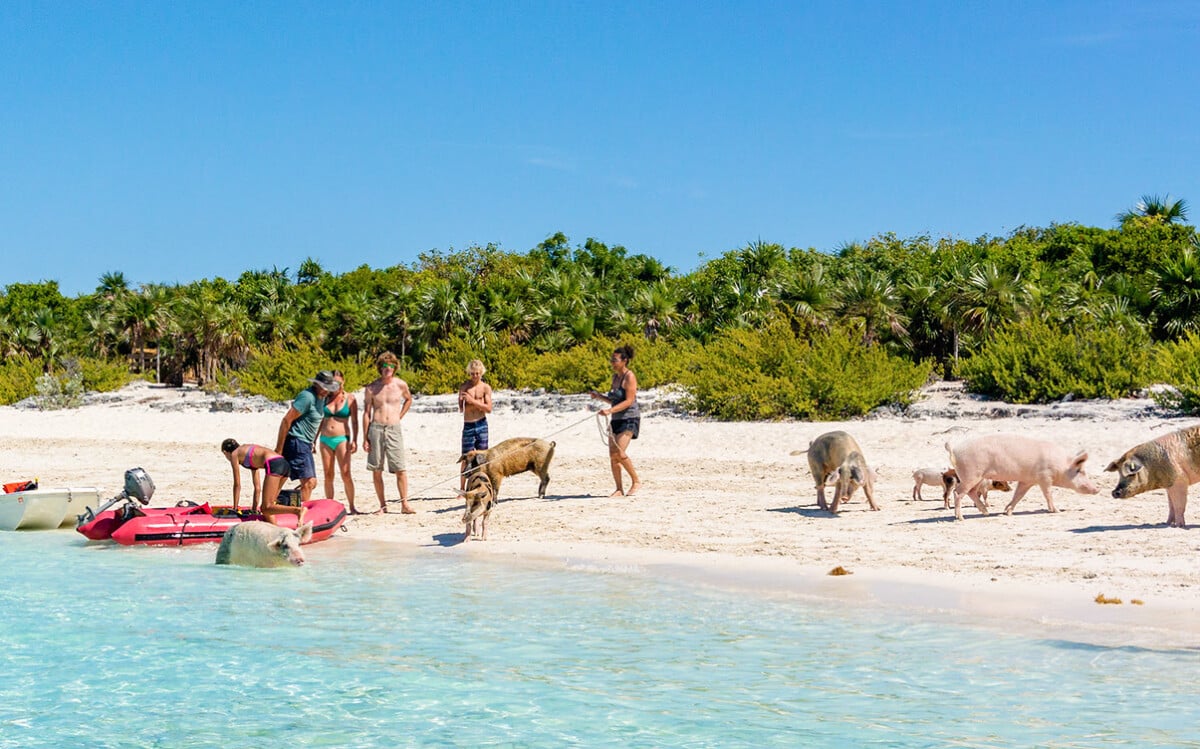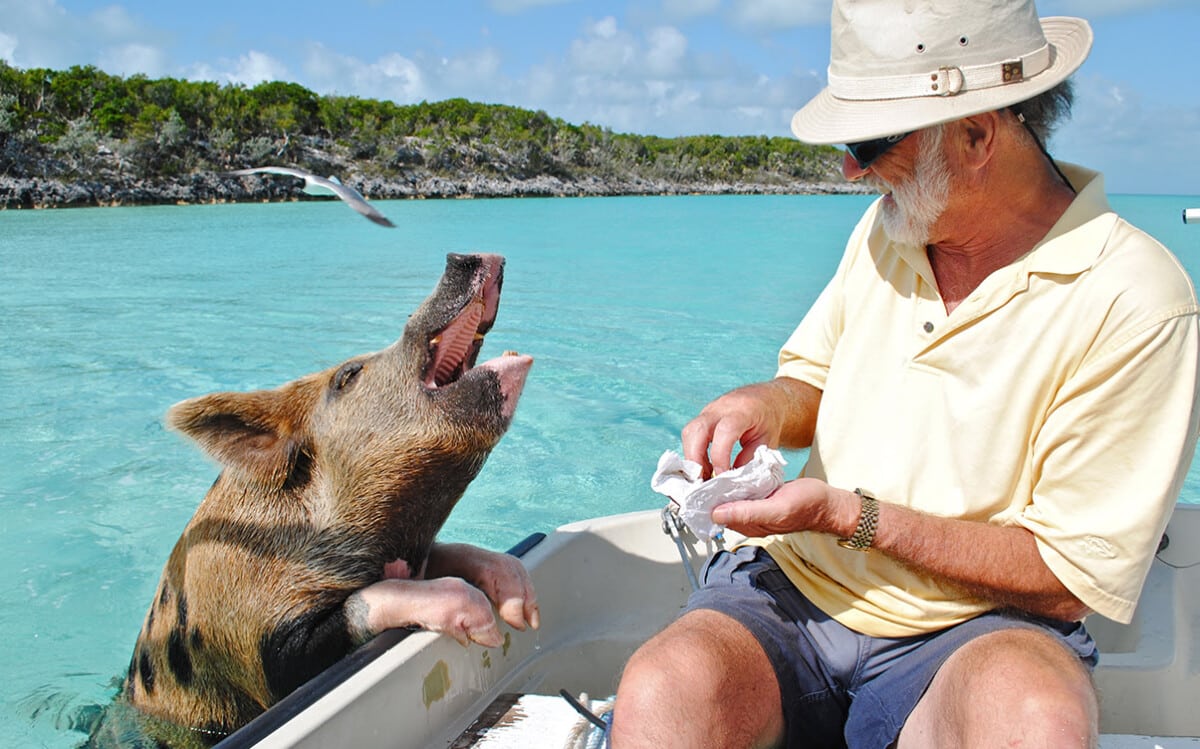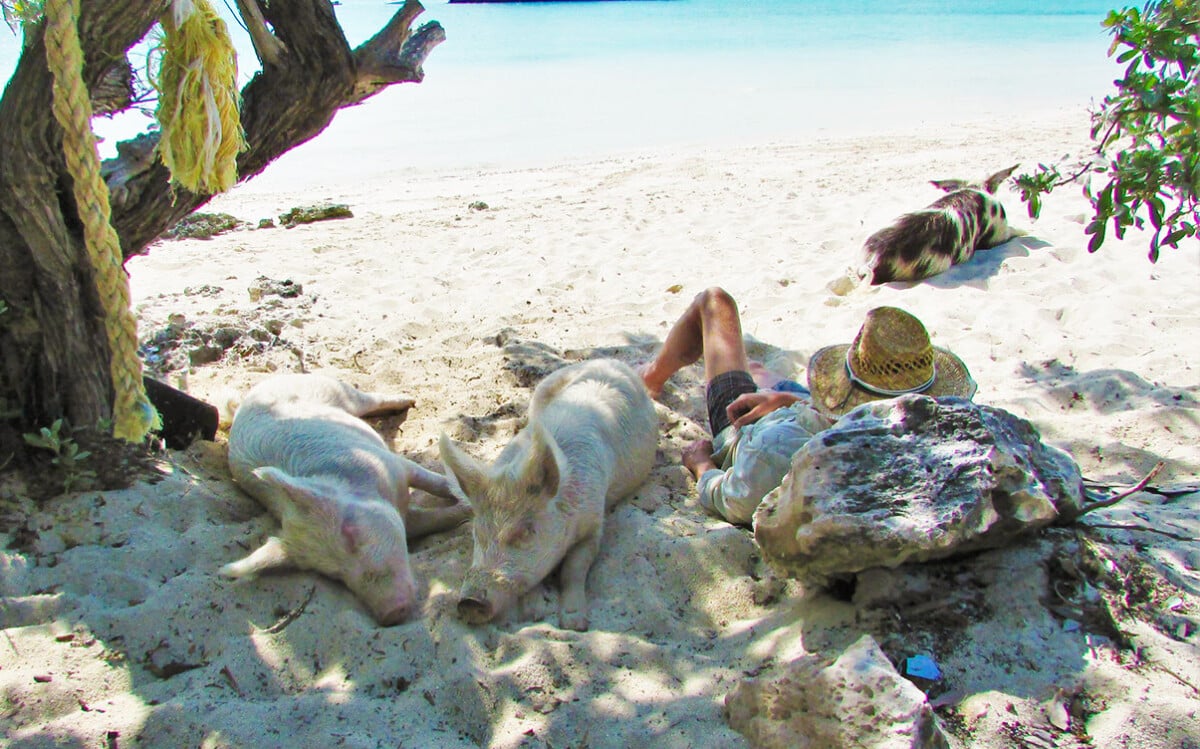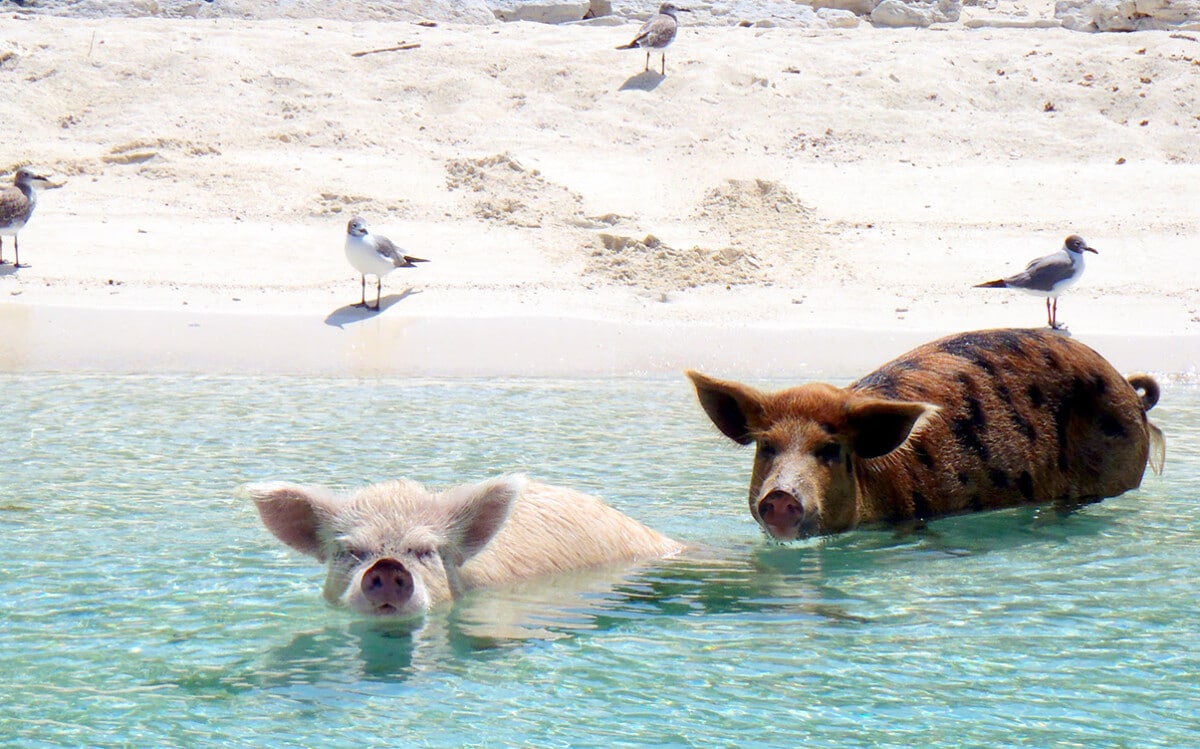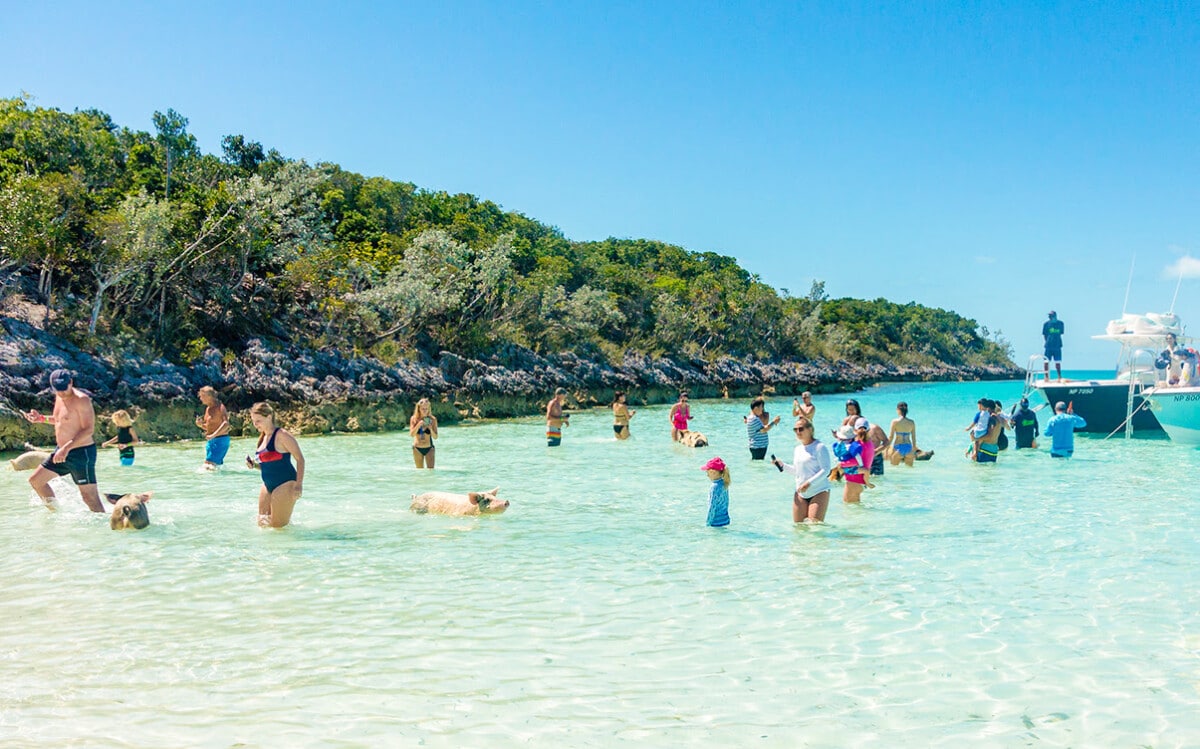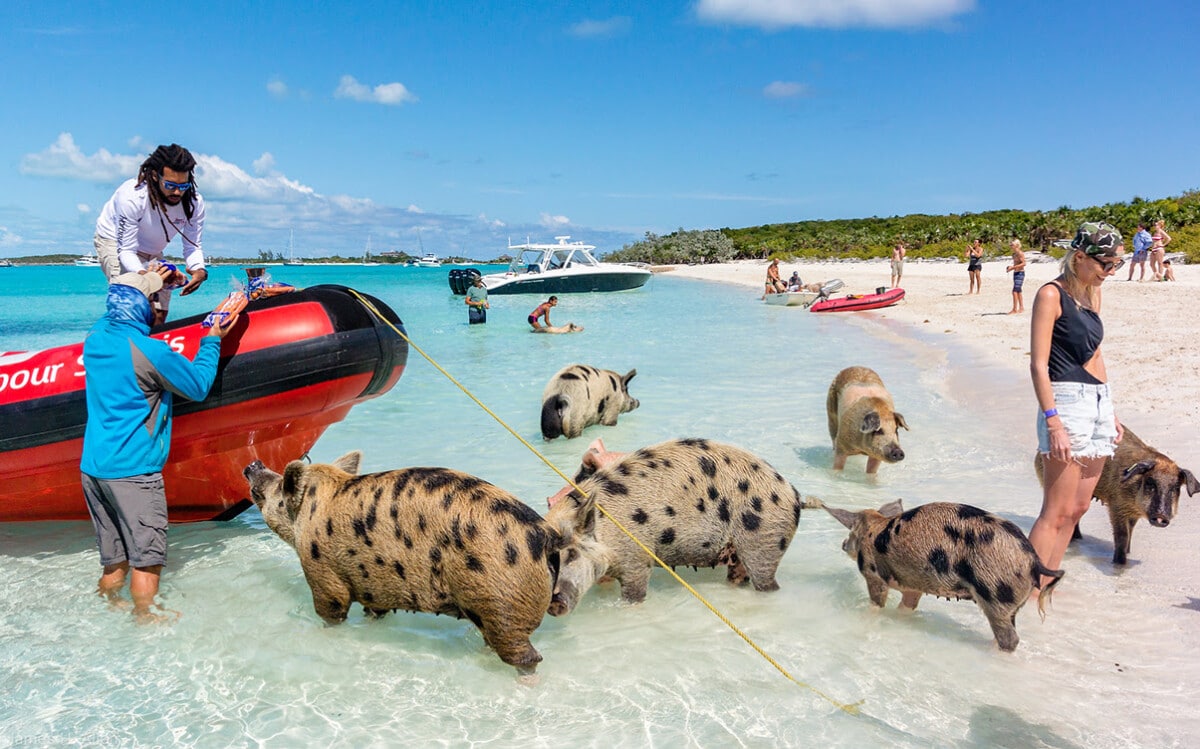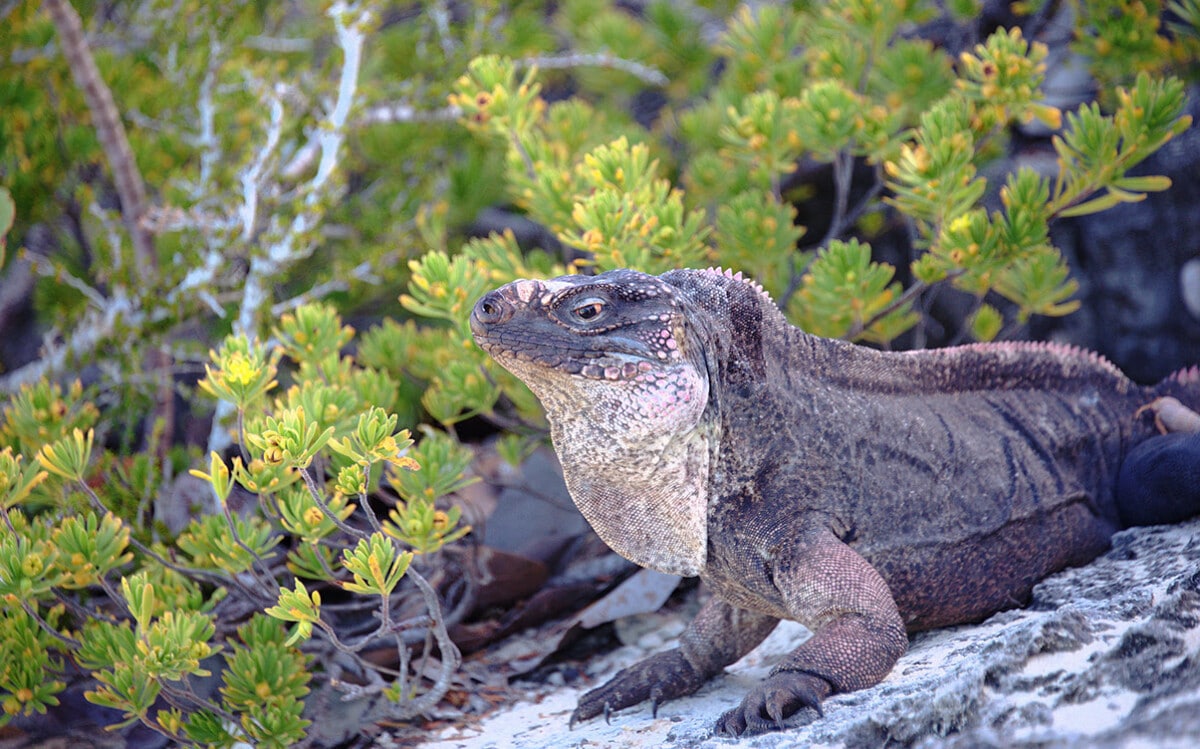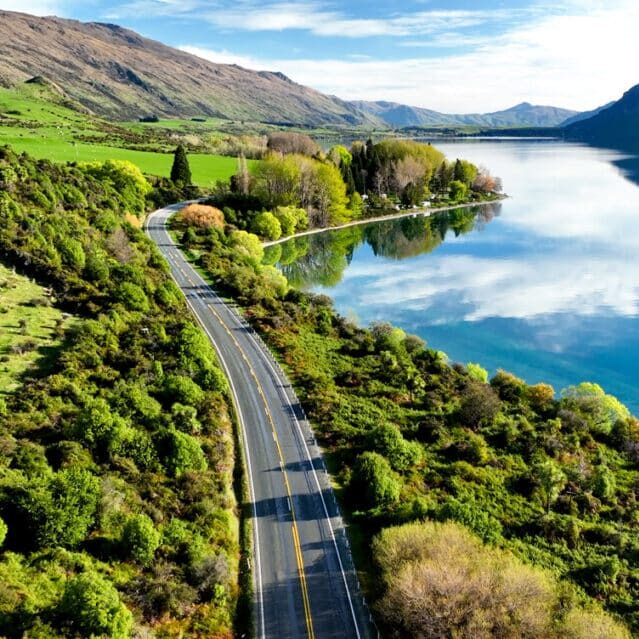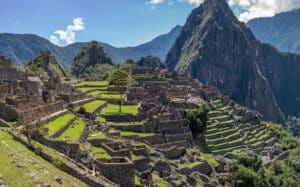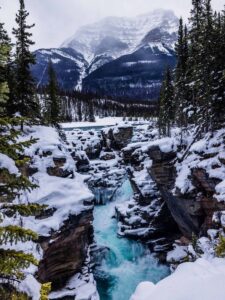Everything You Must Know Before Visiting Pig Beach
Disclaimer: This post may contain affiliate links. Please see our Disclosure Policy and Advertiser Disclosure for details.
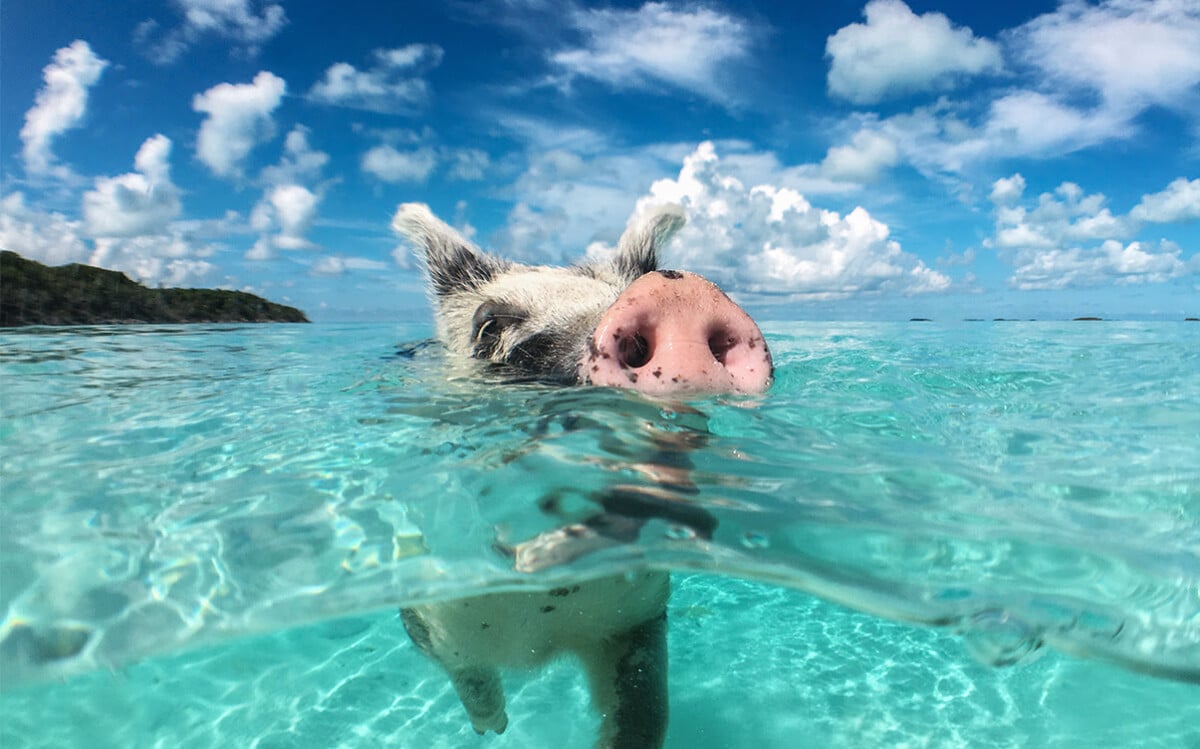
The world is filled with cool experiences, stunning scenery, and adventures to be found, but it’s rare that they all come together in a single incredible destination. One of those destinations is Pig Beach, and yes, it’s exactly what it sounds like. Thinking of giving it a visit? Keep reading to learn everything you’ll need to know.
What is Pig Beach?
Pig Beach is a beach on an island where wild pigs live. These pigs, while wild, are semi-domesticated due to years of tourism and feeding, along with some care from the locals who tend to the island and its inhabitants. It’s a tropical beach, so there’s always bright sunshine, mostly clear water, and an incredible time to be had.
Why are there pigs on an otherwise deserted island in the middle of the Bahamas? Because they don’t feel like leaving, of course.
Okay, more seriously, there are a lot of conflicting stories about how the pigs ended up there. The most likely of the stories is that some farmers, attempting to prepare for Y2K instability and food shortages, brought the pigs to the island. More prosaic tales include the idea of a shipwreck that the pigs swam away from or them being exiled from Staniel for their stench.
One thing is certain: the pigs, however they got there, survived and bred to reach a larger population. Eventually, word of a beach full of rather friendly pigs circulated, attracting influencers and tourists and boosting the prestige of the area.
Where is Pig Beach?
To get to Pig Beach, start in Florida or even Cuba. Zoom in to the Bahamas, and you’ll find hundreds of islands and cays to explore. One region of the Bahamas is the Exumas, a group of 365 islands and cays around 80 miles from Nassau. One of those islands is known as Big Major Cay. That island is uninhabited – save for the pigs – but a nearby island called Staniel Cay has a small population. The whole of Big Major Cay is the domain of the pigs, but the actual Pig Beach is a small strip of beach on the western side of the cay.
Warning: Due to the popularity of tourism going to Pig Beach, other islands in the Bahamas have started to set up their own artificial pig beaches by importing pigs to live on nearby beaches they control. When you’re booking a tour or looking for a guide, don’t just ask for Pig Beach; ask for Big Major Cay. Otherwise, you might end up with an altogether different experience entirely.
How to Get to Pig Beach?
To access Pig Beach, you need to visit by boat. There’s no other way to the island or its beach.
Usually, you have two options. The starting point is Nassau, the capital of the Bahamas and home to the largest airport in the area. Generally, you fly into Nassau from some other nearby airport, often a transfer from Florida.
Once in Nassau, you have two options. You can take a short hop flight to Staniel Cay’s smaller regional airport, where you can explore the small village and take other boats to nearby attractions, including Pig Beach.
Alternatively, you can hop on a boat directly from Nassau. A charter boat will take you to the Exumas, and some tour boats can bring you directly to Pig Beach or to Staniel, but more often, you’re going to travel a circuitous route all the way south to George Town and have to make your way back north. This is a three-hour trip at best, and often much longer, mostly across the open ocean. It’s generally faster, more comfortable, and better all-around to fly to Staniel and make your way to the beach from there.
When Can You Visit Pig Beach?
There are no legal limits to when you can visit Pig Beach. Any time of year is available, as long as you can get to Staniel and find someone who will bring you out on a boat.
Peak tourist season, where the weather is the best, stretches from December to April. Winter further north means more temperate and enjoyable weather in the tropical regions further south. This makes for the most enjoyable experience but also means you’re going to have a lot more people there with you.
The off-season is centered around July and August. There are two main reasons for this. One is the temperature; peak summer months in a tropical island chain mean extraordinarily hot and uncomfortable weather. The second and more important reason is hurricanes. This is the peak of hurricane season, and even if your trip isn’t interrupted by a massive storm, you’re more likely to have rough seas, overcast skies, and storms that disrupt your plans.
Timing during the day can also be important, especially if you want to spend time interacting with the pigs. Generally, heading out in the morning is better. Like most diurnal animals, the pigs are more active in the morning and get sleepier as temperatures rise and the day stretches out. In the afternoon and evening, the pigs will be less active and less likely to be in the water, though you can still hang out with them.
How Long Can You Spend on Pig Beach?
This depends on how you get there. Most professional tours only leave you around 15-30 minutes on the beach with the pigs before you move on. Hiring a private tour can give you a little more time, and of course, if you bring your own boat, you can set your own hours.
That said, there’s not actually a lot to do on Pig Beach. You can stroll the beach, but it’s quite short, and it won’t take you very long to walk from one end to the other. You can walk with, lay with, and swim with the pigs if they’re out in the water. You can feed them, too, though more on that in a moment. You can’t really explore the rest of the cay, though, so while half an hour might seem like a really short amount of time, you’ll have done just about everything you can by the time the bell rings.
Can You Feed the Pigs on Pig Beach?
Feeding the pigs is allowed on two conditions.
The first is that you only feed them approved foods. Approved foods are things like fruit and vegetables, bread, and some specialized pig food that you can usually purchase from tour guides or from folks on Staniel Cay.
The second is that you can only feed them from the boats, out over the water. There are two reasons for this. One is for the safety of the pigs; when they eat on the beach, they tend to gulp up sand along with whatever dropped food, and that can irritate them and make them sick. The other reason is for your safety; the pigs are large wild animals, and if some of them happen to be aggressive in seeking food, they have no trouble knocking you over, snatching the food from you, or even taking a chomp out of your hands. They may not be predators, but that doesn’t mean they can’t hurt!
Is Pig Beach Safe?
Mostly! As we just mentioned, occasionally, some of the pigs can get a little aggressive in seeking food, especially if people bring food onto the beach itself. There are a couple of incidents every year, but 99% of visits go swimmingly.
The biggest risk, other than the pigs, is general water safety. If you’re not confident with your swimming ability, make sure to wear a vest or stick to the boat.
Are the Pigs on Pig Beach Cared For?
Yes! While they may have been brought to the beach and abandoned, they’re tended to now. Efforts to care for the animals are spearheaded by Bernadette and John Chamberlain, restaurateurs in Staniel. They take donations, use their own profits, and use the proceeds from selling food and tours to care for the pigs. They’ve installed water supplies, shelters, pens for sick animals, veterinary service when necessary, and other features, like the signs that help guide visitors on how to behave at the beach.
“Doesn’t that mean they’re not wild pigs?” Well, yes and no. The pigs are given basic medical care, and locals ensure that they have enough food and water in the off-season, but they aren’t exactly pets or even overseen as much as your average zoo animal. That said, their constant exposure to people and their normally docile nature means they’re generally closer to domesticated animals than truly wild animals.
Should You Book a Tour to Pig Beach?
This one is really up to you. A tour means you’re going to be visiting on a timetable and alongside other people, but you’re more guaranteed to have the experience you’re looking for when you’re led through it by experienced veterans of Pig Beach. On the other hand, tours can be kind of expensive, with single-day trips ranging from $450 per person to over $1,000, especially if you’re taking a day trip from Florida.
You will, sooner or later, need someone to rent you a boat or bring you to the island. We recommend having an experienced boat captain bring you so you minimize the chances of risks or issues along the way.
Keep in mind that even in the peak season, brief but fierce rainstorms can blow through, and if they’re bad enough, they can even cancel a tour. Be prepared with a backup or the flexibility to reschedule.
What Should You Bring to Pig Beach?
As with any adventure, bringing the right gear is critical.
Here are the items you should make sure you have with you on any trip to Pig Beach.
- Bathing Suits. It’s a beach where the main attraction is swimming, you need to dress the part.
- Beach Towel. This can be used to cover back up when you’re out of the water and drying off, and is generally handy to have around.
- Camera Gear. Half the reason to visit Pig Beach is to take pictures with the adorable pigs, so make sure you bring your gear! Waterproof containers and cases are also a great idea.
- Sun Protection. Sunscreen, a sun hat, sunglasses; all of these are highly recommended for any outdoor adventure and especially one in a tropical area over the water. Sunburns are a great way to ruin a vacation.
- Swimming Gear. Pig Beach is mostly about the pigs, but you can also snorkel and swim further out in the area and enjoy the clear Bahamian waters.
- Water and Snacks. Staniel isn’t too far away, but you still want to bring plenty of water for yourself, and a snack never goes amiss. Just make sure anything you bring is kept separate from the food that goes to the pigs unless it’s healthy for them and you’re willing to share.
- Money. You’re not going to be finding any ATMs nearby, and relatively few nearby businesses are equipped to handle credit cards. Cash is ideal here to tip your boat driver and to buy local necessities.
That’s the bulk of it, but you’ll want to make sure any other necessities – like medications for seasickness – are taken care of as well according to your own needs.
Are There Other Animal Beaches in the Bahamas?
Surprisingly, yes!
Bitter Guana Cay, also known as the Iguana Island, is another one of the Exumas and is home to the world’s only population of Bahamian Rock Iguanas. These large lizards are endangered, and while they’re relatively docile and friendly, you should still take care if you visit the island not to disturb their nests or cause other problems.
Cat Island isn’t one of the Exumas; it’s much larger and stands on its own. The cats aren’t the main draw here, though. Miles of beach and pristine seafloor make for an excellent aquatic adventure, and there’s an ancient stone monastery located on the top of the island’s hill, which is itself the highest point in all of the Bahamas, a whopping 206 feet above sea level.
There are also all sorts of other creatures scattered throughout the islands – and under the waves – making for a ton of different possible adventures.
Have you ever been to Pig Beach? If so, tell us all about it! We’d love to hear your stories and see your pics of the adorable piggies!
You may also enjoy:
